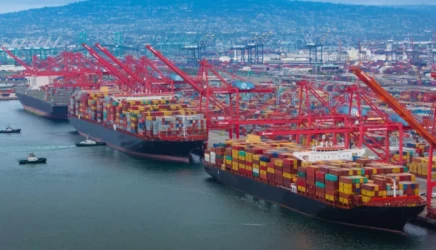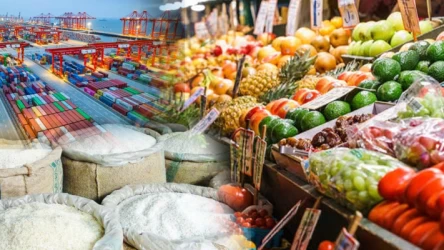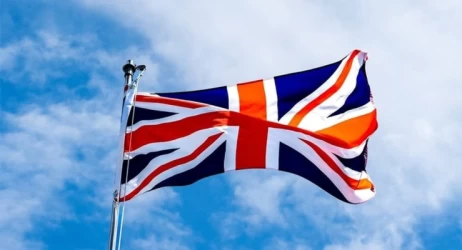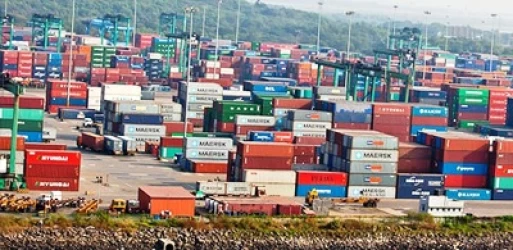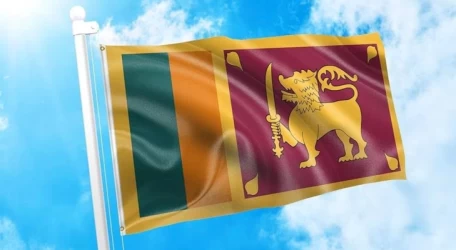Guide to Trade with Japan, Sea Transportation
Japan, an island nation with a rich history of maritime trade, relies heavily on sea transportation for its international trade. With over 99% of its foreign trade conducted via sea routes, understanding the intricacies of maritime transport is crucial for businesses looking to engage in trade with Japan. This guide provides a comprehensive overview of sea transportation for trade with Japan, covering key aspects such as major ports, shipping routes, regulations, and best practices.
Importance of Maritime Transport in Japan
Maritime transport is indispensable for Japan due to its geographical location and economic structure. The country is composed of over 6,800 islands, making sea transport the most viable option for both domestic and international trade. The maritime industry supports Japan’s economy by facilitating the movement of goods and creating employment opportunities both at sea and on land.
Major Ports in Japan
Japan boasts several major ports that serve as critical hubs for international trade. Some of the most significant ports include:
- Port of Tokyo: One of the busiest ports in Japan, handling a vast array of cargo, including containers, bulk goods, and vehicles.
- Port of Yokohama: Known for its advanced facilities and strategic location, it is a key player in Japan’s import and export activities.
- Port of Osaka: A major gateway for trade in the Kansai region, facilitating the movement of industrial goods and raw materials.
- Port of Kobe: Renowned for its efficiency and modern infrastructure, it plays a vital role in Japan’s maritime logistics network.
- Port of Nagoya: The largest port in Japan by cargo volume, it is a crucial hub for automotive exports and imports.
Key Shipping Routes
Japan’s strategic location in East Asia makes it a central point for several major shipping routes. Some of the key routes include:
- Asia-Europe Route: Connecting Japan with European markets, this route is vital for the export of electronics, machinery, and automobiles.
- Trans-Pacific Route: Linking Japan with North America, this route is essential for the trade of consumer goods, industrial products, and raw materials.
- Intra-Asia Route: Facilitating trade within Asia, this route connects Japan with neighboring countries such as China, South Korea, and Southeast Asian nations.
Regulations and Compliance
Engaging in maritime trade with Japan requires adherence to various regulations and compliance standards. Key regulatory bodies include:
- Ministry of Land, Infrastructure, Transport and Tourism (MLIT): Oversees maritime safety, port operations, and shipping regulations.
- Japan Coast Guard: Ensures maritime security and enforces laws related to navigation and environmental protection.
- Customs and Tariff Bureau: Manages customs procedures, import/export regulations, and tariff policies.
Compliance with international standards, such as those set by the International Maritime Organization (IMO), is also essential for smooth trade operations.
Best Practices for Sea Transportation
To ensure efficient and successful maritime trade with Japan, businesses should consider the following best practices:
- Partner with Reliable Shipping Companies: Choose reputable shipping lines with a strong track record in handling international cargo.
- Understand Customs Procedures: Familiarize yourself with Japan’s customs regulations to avoid delays and ensure compliance.
- Optimize Logistics and Supply Chain: Implement effective logistics strategies to streamline the movement of goods and reduce costs.
- Leverage Technology: Utilize advanced technologies such as GPS tracking, automated documentation, and digital platforms for better visibility and control over shipments.
- Plan for Contingencies: Prepare for potential disruptions, such as adverse weather conditions or port congestion, by having contingency plans in place.
Conclusion trade with Japan
Maritime transport is the backbone of Japan’s international trade, offering cost-effective and efficient solutions for the movement of goods. By understanding the key aspects of sea transportation, businesses can navigate the complexities of trading with Japan and capitalize on the opportunities presented by this dynamic market. Whether you are exporting electronics, machinery, or consumer goods, leveraging Japan’s robust maritime infrastructure can help you achieve success in your trade endeavors.
If you have any specific questions or need further details on any aspect of maritime trade with Japan, feel free to ask!







